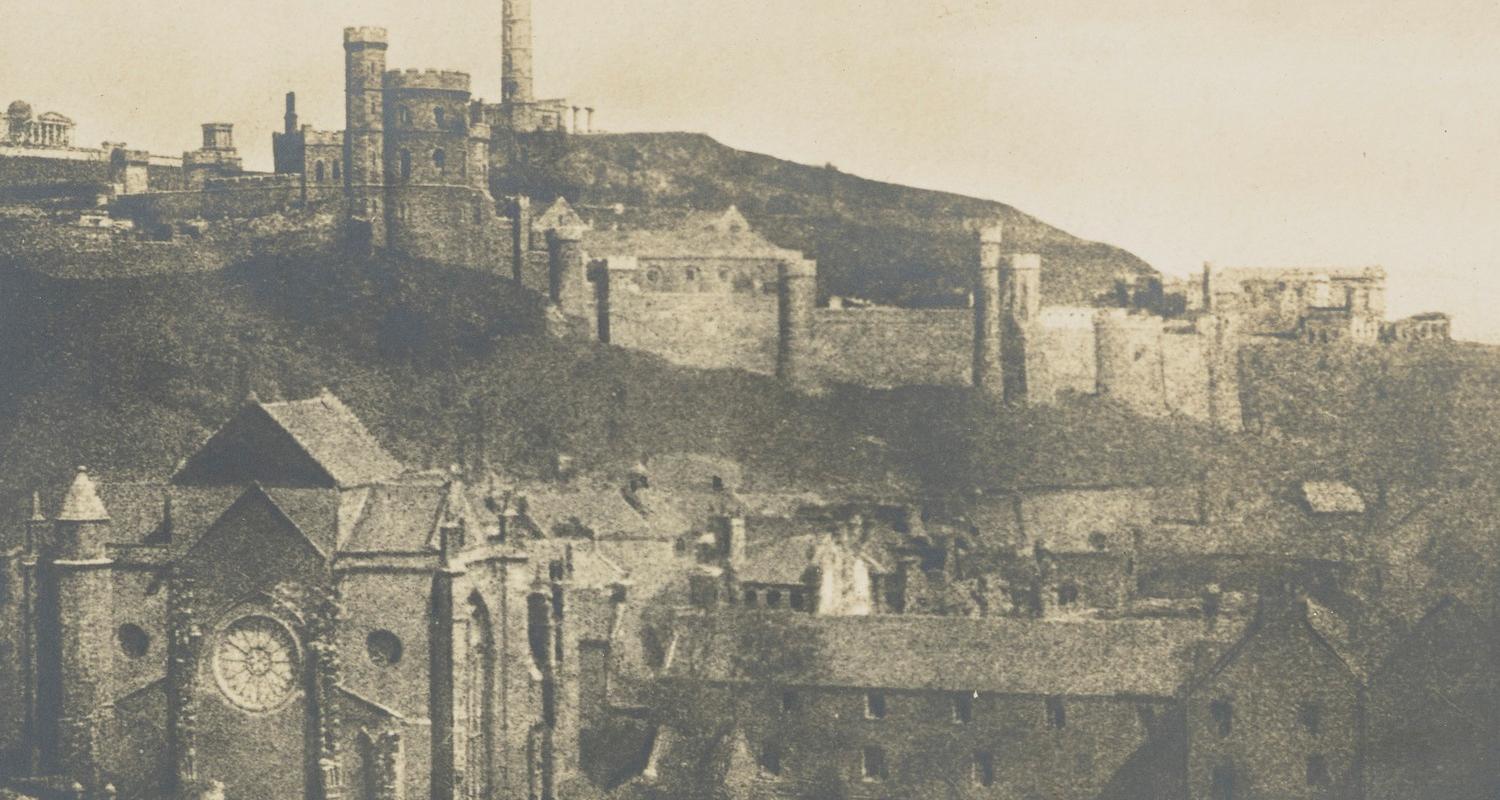In this talk, Dr Lizzie Swarbrick will take the audience through the tumultuous history of Trinity collegiate church, Edinburgh. Founded by Queen Mary of Guelders in 1460, the church was part of an extraordinarily active period of cultural investment after the death of her husband James II. Now little known, the remains of this building, described as ‘the most accomplished building of its date in Scotland’, lie in a close off the Royal Mile. Trinity's surviving art and architecture give us a glimpse into Edinburgh life in the late 15th and 16th centuries. The complex history of the building also tells a fascinating story about Edinburgh through the ages, and poses questions about how we should treat our heritage today.
Dr Lizzie Swarbrick is a Leverhulme Early Career Fellow in the School of Art History at the University of Edinburgh. Her current research on Rosslyn Chapel has led her to write and present on a wide variety of subjects from the Dance of Death to the cultural history of beekeeping. Lizzie’s most recent publications have been on Rosslyn’s problematic history as a malleable cultural monument beloved of conspiracy theorists. She is currently co-editing and contributing to a book about Trinity Church in Edinburgh, and preparing a monograph on the how truth and pseudo-histories interact at Rosslyn.
Edinburgh is 900 Years Old!
In 1124 King David I introduced a new system of local government into Scotland by creating royal burghs as part of his efforts to reform the nation’s economic and political structures.
Edinburgh was one of his first royal burghs, along with Berwick, Dunfermline, Roxburgh and Stirling.
While there is no surviving founding Edinburgh charter, an 1127 Dunfermline Abbey royal charter refers to ‘my burgh of Edinburgh’. In 1128, Canongate Burgh was created for Holyrood Abbey.
After the Reformation, Edinburgh spent considerable effort acquiring the former abbey’s lands over the following 200 years. It acquired Canongate then created a new burgh for South Leith in 1636. The burghs of Broughton, Calton and Portsburgh were also acquired and run by Edinburgh. This complex system of governance was abolished in 1856 when all burghs under the management of Edinburgh were merged into a single burgh.
In 1833, Portobello and Leith were made independent parliamentary burghs under the Burgh Reform Act. They ran their own affairs until amalgamated into an expanded Edinburgh in 1896 and 1920, respectively. 1975 saw the last expansion of the city’s boundaries, including Queensferry, which had been made a royal burgh in 1636.
Edinburgh has selected 2024 to mark the start of the 900th anniversary of our city, and to tell the story of Edinburgh’s journey through the centuries from the 12th century City of David right up to the 21st century, the City of Diversity. Our talks at the City Art Centre will celebrate the 10 themes and will span a period of summer 2024 until August 2025.
Mary of Guelders and the Story of the Trinity Collegiate Church: Queenship and female power in 15th Century Edinburgh
